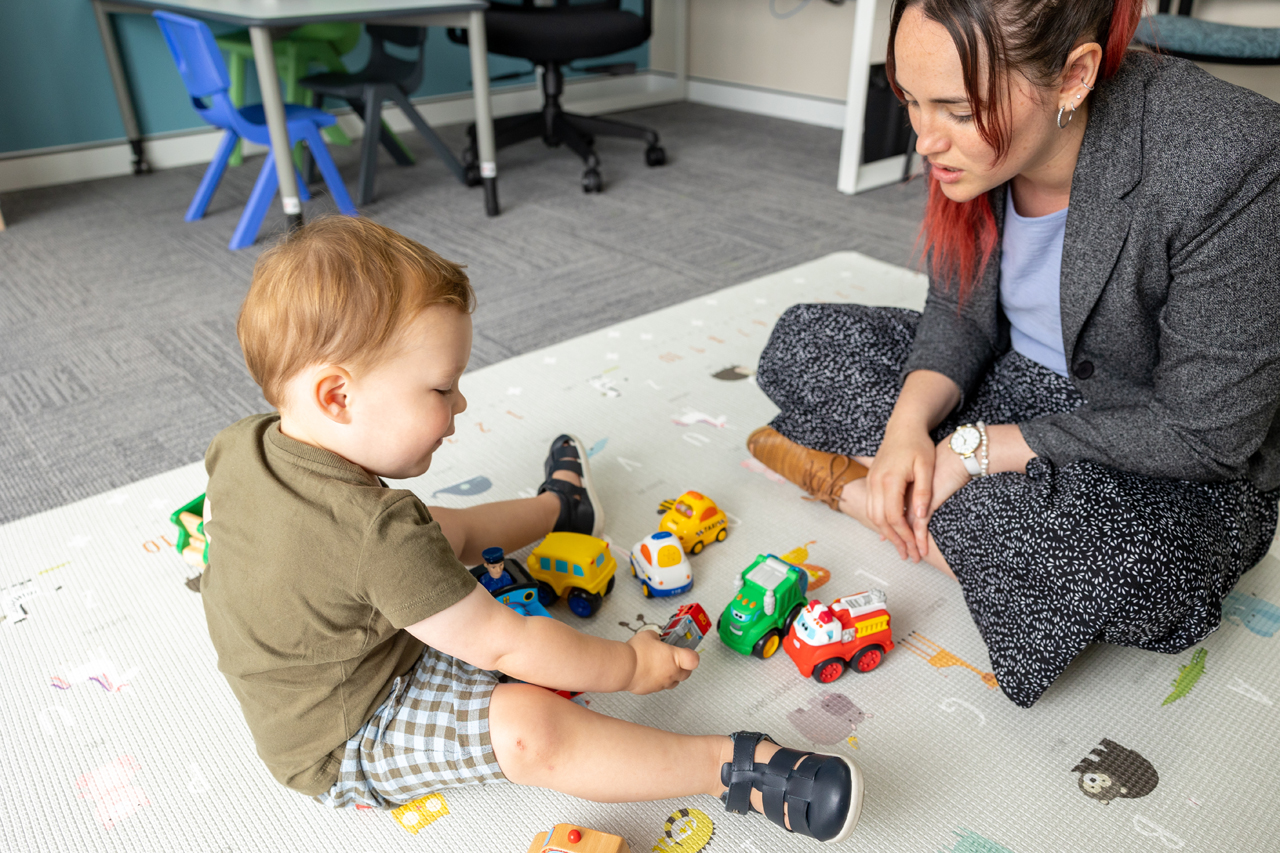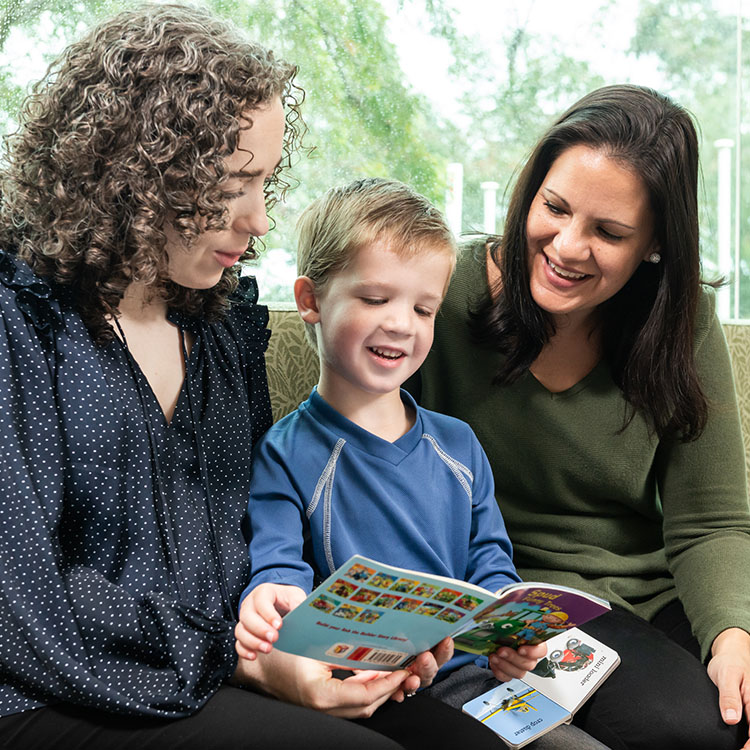Search
Research
Modulation of the immune system by UV radiation: More than just the effects of vitamin D?Humans obtain most of their vitamin D through the exposure of skin to sunlight
Research
Restricted aeroallergen access to airway mucosal dendritic cells in vivo limits allergen-specificChronic innocuous aeroallergen exposure attenuates CD4+ T cell-mediated airways hyperresponsiveness in mice; however, the mechanism(s) remain unclear
Research
The relationship between MECP2 mutation type and health status and service use trajectories over time in a Rett syndrome populationThis study aimed to investigate the trajectories over time of health status and health service use in Rett syndrome by mutation...
Research
Changes in health professionals' knowledge, attitudes and practice following provision of educational resourcesWe provided health professionals in Western Australia (WA) with educational resources about prevention of prenatal alcohol exposure and fetal alcohol...
Research
Breastfeeding and early child development: A prospective cohort studyBreastfeeding has been associated with multiple developmental advantages for the infant; however, there have also been a number of studies that find...
Research
Late-talking and risk for behavioural and emotional problems during childhood and adolescenceAlthough many toddlers with expressive vocabulary delay ("late talkers") present with age-appropriate language skills by the time they are of school age...

News & Events
Importance of boredomIn this blog, Clinical Psychologist and Clinical Lead (Psychology) Dr Mei’en Lim offers families — both parents and children — advice on how to embrace boredom.

News & Events
Sharing attention for connection, communication and learningIn this new blog, Speech Pathologist Emma Corry looks at the importance of shared attention for connection, communication and learning.

News & Events
Preparing for the holidaysIn this blog, Occupational Therapy Lead Marie Rodatz looks at the strategies to support a great school holiday outing for your autistic child.

View our wide range of resources including fact sheets, and help understanding autism.
